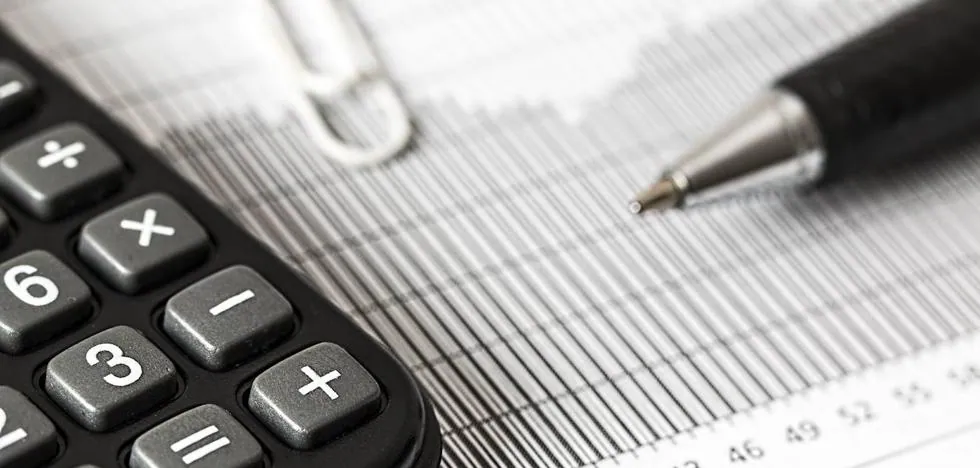Continue reading after the ad
—
The seven-day incidence, which is decisive for assessing the situation – the new infections reported per 100,000 inhabitants within seven days – rose on Friday and reached a high of 184.8. On Thursday the value was 179.2.
The RKI has counted 1,439,938 detected infections with Sars-CoV-2 in Germany since the beginning of the pandemic (as of December 18, 00:00). It is estimated that around 1,069,400 people have now recovered.
Seven-day R-value below 1
The nationwide seven-day R-value was 0.97 (previous day 0.98) according to the RKI management report on Thursday evening. This means that 100 infected people infect 97 more people. However, the RKI expressly points out that the value can only be used to a limited extent due to outstanding data transfers. The value represents the occurrence of the infection 8 to 16 days ago. Only when it is below 1 for a longer period does it decrease.
When assessing the measures, the capacities of intensive care beds, equipment and staff are also important. The German Interdisciplinary Association for Intensive Care and Emergency Medicine (DIVI) last recorded 4856 corona patients who have to be treated in intensive care in 1290 hospitals in Germany. 57 percent of corona intensive care patients have to be artificially ventilated. In addition, DIVI recorded 22,452 intensive care beds occupied. 4650 beds are still available.
This must be taken into account when assessing the infection situation
On November 11th, the RKI changed its recommendations for the test criteria. This means that only people with severe, corona-typical symptoms and contact persons of Covid 19 patients should be tested. This could increase the number of unreported coronaviruses because infected people with mild symptoms are no longer recorded.
With the new test strategy, the number of tests carried out increases again. While around 1.3 million tests were carried out in the first week of December, there were around 1.5 million tests in the second week of December.
The positive rate also plays a role in assessing the infection rate in Germany. This key figure indicates how many of the corona tests carried out are actually positive. If the positive rate increases, this is an indication that the infection rate could increase.
Every Wednesday the RKI publishes the newly calculated positive rate in its situation report. The rate has been rising since the beginning of September: While 0.86 percent of the tests were positive in the 37th calendar week (7th to 13th September), it was around nine percent in mid-November. In the 50th calendar week (December 7th to 13th) it was around 11.5 percent.
A positive corona test says nothing about infectivity
If a corona test turns out positive, it means that those tested have been infected with Sars-CoV-2. However, it does not mean that they are also infectious and can infect others. The level of infection risk depends on the amount of virus.
The virus concentration describes the so-called Ct value. The higher this figure, the lower the virus concentration and the less likely it is that the infected can infect other people. The RKI points out that the Ct value can vary depending on the sampling and test method.
You can find the latest news about Corona in our live ticker.
–


